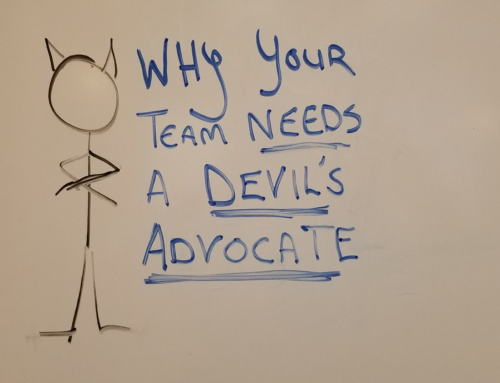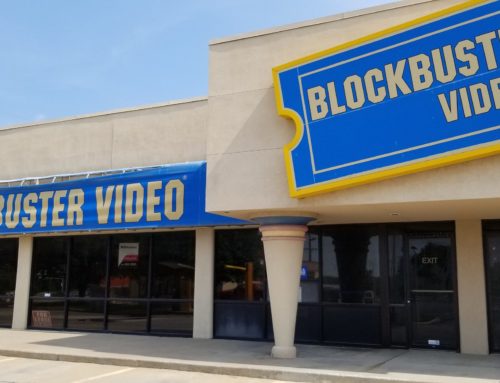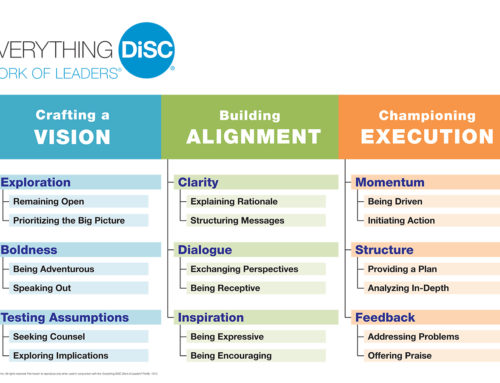
When front line workers are promoted to leadership they must learn a new set of skills in order to be successful. There are four challenges that will derail a leader at any level if they aren’t addressed. In my consulting business I have witnessed a lot of train wrecks that could have been avoided if new supervisors and managers had understood these four challenges.
- No clear mission
The first challenge for a new leader is to figure out what exactly they do. Spend some time creating and capturing your vision. Consider your job description, the mission of your organization, and your own professional mission statement. Combine all this and you’ll come up with your own personal professional mission statement.
When you know exactly what your mission is, you’ll develop clarity regarding what you need from others. Creating a clear individual mission is the first step in effective leadership. If you don’t begin with this you’ll soon find yourself off track.
To Do: Take a one-person, professional retreat. Take one hour, one afternoon, one day, or one weekend to give yourself time to think through what it is that you do that contributes to the mission of your organization. After you have created your own personal-professional mission statement, consider what it is you need from your team to help you accomplish your mission. This is capturing and cultivating a vision, which will enable you to clarify your expectations of others.
- No clear expectations
The second challenge is to be very clear about what you expect out of others.
When you’re not certain about your direction and purpose you will also be vague about what you expect from others.
William Edwards Deming (October 14, 1900 – December 20, 1993) Engineer, statistician, professor, author, lecturer, and management consultant – said that about 90% of workplace problems are not created by the people who work for us, but rather by our own failure to clearly communicate our expectations. We expect people to read our minds. We assume they got it. Some of us are so direct that we don’t say enough; we don’t give enough information. Others are indirect and they coat their expectations in so much verbiage that the other person misses the point altogether.
After clarifying your vision, strive to articulate it in a straightforward way. Ensure understanding has taken place by simply asking, “Please tell me what you thought you heard me say.” If you’re concerned this might feel a little interrogatory then say, “I’ve only had one cup of coffee today, so I want to make sure I’m being clear here. Would you mind telling me what you thought you heard me say?”
Most people really do want to please others. The problem is we never really ask for what we want. We hint at it, we talk around it. Instead, we need to simply know exactly what we want or need, then ask for it. This is actually a powerful motivator. When you tell one of your direct reports exactly what you need and then ask them, “Do you understand and, is this something you can do?” They can either answer, “No” and you can look for someplace else they can work, or they can answer, “Yes” and their agreement becomes a powerful motivator. When you clarify your expectations and the other person says, “Yes I understand, and I can do that,” you have a verbal contract, which itself becomes a motivator.
Stating expectations motivates and also ensures alignment. It is the second task required of all leaders, managers and supervisors. Your job is to capture a vision and communicate it to others so they can become aligned with your vision. Getting others aligned with your mission by ensuring they understand exactly what you expect out of them is the second step of effective leadership.
To Do: Capture your vision. Use your vision to generate your expectations. Express them clearly and often. Ensure those who report to you clearly understand your expectations. You’ll find that this is a powerful motivator as well.
- and 4. No Follow-up and No Follow-through
The third and fourth challenges for new managers are follow-up and follow-through. Any time you state your expectations to colleague, you need to set a follow-up date.
A goal or expectation without a follow-up or completion date is simply a wish list.
Every time you state an expectation or correct an employee, pull out your phone and put a follow-up date on your calendar. This ensures execution. As an executive coach, I frequently see managers and supervisors who are struggling in leadership because of their failure to follow up, which in turn quickly causes them to lose credibility. Why should I believe that your mission and expectations are important if you don’t follow up with me? If you’re not going to hold me accountable by setting a follow up date and follow through, then why should I?
Follow-up completes execution, the third component of leadership. Great leaders capture and articulate their vision. They get others aligned with that vision through effectively communicating clear expectations, and they ensure the execution of the vision by consistent follow- up and follow- through. When you master these three challenges, you chart a course for success and effective leadership.
To Do: Make your SMART Phone your part of your SMART Goals. Every time you state an expectation, provide feedback, or ask for something, get in the habit of pulling out your phone right then and set a follow up date on your phone calendar. You’ll enjoy the built in reminder and you will increase follow-through from your workforce because you’ll be consistently following up.
You’re probably familiar with the story about the employee who was passed over for a promotion he thought he deserved. He went to his boss and said, “How could you do this? I deserve this promotion; I have 26 years of experience.” His boss replied, “No, you have one year of experience repeated 26 times.” The moral of the story is, don’t be that guy. Have a clear vision and mission. Be direct about your expectations, and follow up to ensure that the job got done.
This is leadership in a nutshell: Vision, Alignment and Execution. Master these steps and you’ll increase your ability to lead effectively and not get derailed.
Tim Hast is a partner at Encore Life Skills LLC. He provides executive coaching, training, consulting and strategic planning. Contact: tim@encorelifeskills.com






Leave A Comment